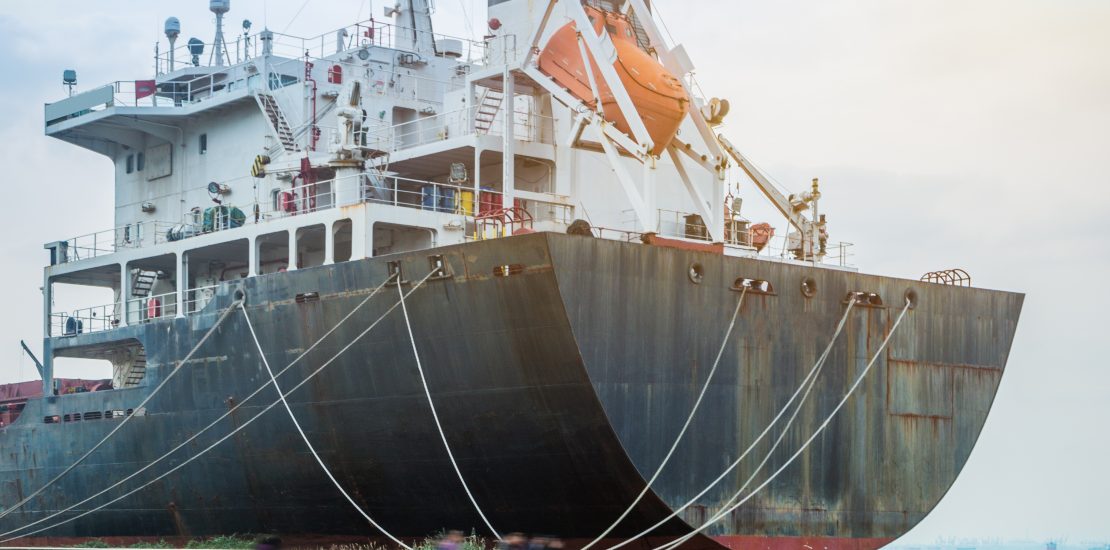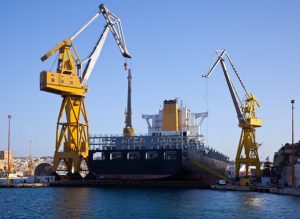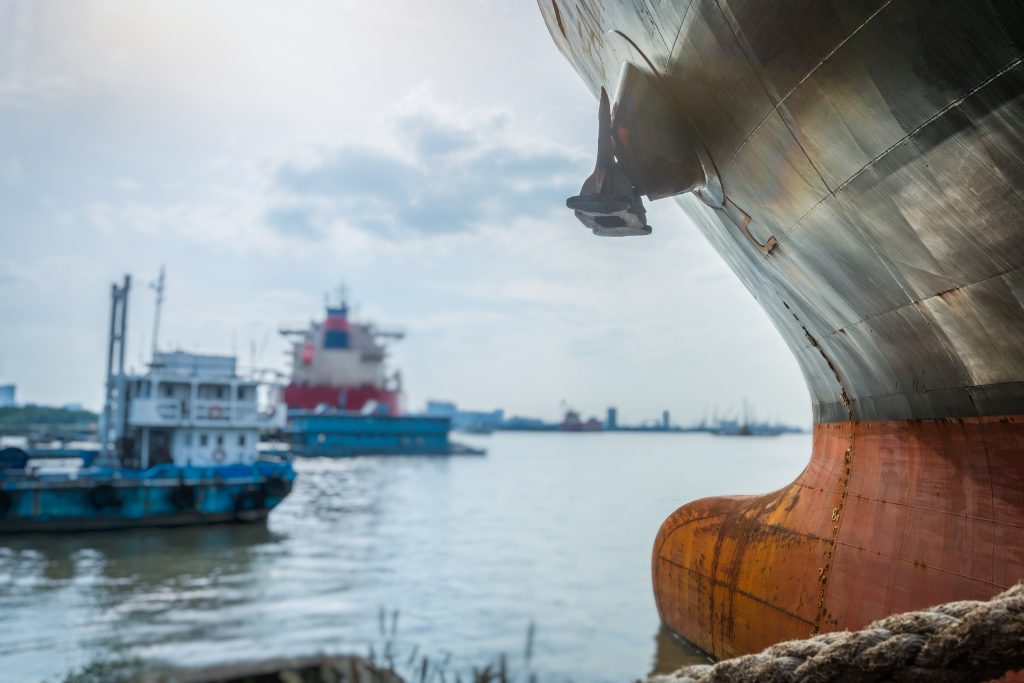Hull Structural Analysis – Safeguarding Asset Integrity
- February 13, 2024
- Posted by: Velosi Author
- Categories: Asset Integrity, Insights

Hull structural analysis plays a critical role when it comes to how ships stay strong in rough seas? It is important for maritime engineering to find out how these big ships stay safe in bad weather and discover the basis of how the crew and cargo remain safe.
Understanding Hull Structural Analysis
Hull structural analysis is when experts check if a ship’s hull is strong and safe for sailing. It’s more like the basic check-up before leaving. So, Let’s explore the important parts and methods used in this important part of ship engineering.
- Principles of Buoyancy & Stability:
- Buoyancy: Buoyancy is when ships push water to stay up, balancing out gravity.
- Stability: Checking if a ship can stand up straight again after getting tilted by waves or shifting cargo.
- Other Factors: Things that affect the stability of a ship are its shape, how the weight is spread out, and the height of its center of gravity.
- Material Selection & Structural Design:
- Materials: Select the best materials to make the outer part of the ships, thinking about how sturdy it is, how long it will stay in good condition, and if it can avoid getting rusty.
- Structure Designs: Creating the shape of a ship for it to \handle different forces and weather using ideas from naval architecture.
- Considerations: Take into consideration the shape of the watercraft, how distant separated the frames are, and how to make the structure more grounded.
- Finite Element Analysis (FEA) & Computational Fluid Dynamics (CFD):
- FEA: Using computer programs to make and analyze how ship bottoms move when they are hit by waves.
- CFD: Testing how water moves around to figure out how it pushes against it and makes the ship faster and more efficient.
- Uses: These tools help engineers find problems and make ship designs better before building them.
- Stress Analysis & Fatigue Assessment:
- Stress Analysis: Checking how much pressure is on the hull from things like waves or heavy cargo.
- Fatigue Failure: Checking to see how repetitive stress on the structure of the ship over time might cause it to weaken or develop cracks.
- Uses: Advanced methods and testing help engineers guess how long the hull will last and how strong it is.
- Regulations & Classification Societies:
- Regulatory Compliance: Ensuring that construction process of the ships obey the rules made by international groups such as the International Maritime Organization (IMO).
- Classification Societies: Classification societies like Lloyd’s Register or ABS make sure ships are safe and meet high-quality standards. VAIL-HIMS ensures safety and integrity based on industry standards DNV-OSS-102, DNV-OSS-103 and DNV-OSS-304.
- Essential Six Inspection Criteria Specification: Following the rules and making sure ships are classified correctly is important for making sure they are safe and dependable. The Six inspection criteria (Coating Condition, General Condition, Pitting/Grooving, Deformation Fractures and Cleanliness) with VAIL-HIMS have been identified for each compartment and they are efficiently inspected for each zone.
- Maintenance and Inspections:
- Regular Inspections: Checking regularly for any problems with the building, like damage, rust, or things that are getting old. Fixing these problems when we find them.
- Preventive Maintenance: It means following a regular maintenance plan and protecting from rust to make the ship last longer and avoid damage.
- Importance: It’s important to fix and take care of ships on time so they stay safe and work well when they’re being used.
- Risk Analysis & Mitigation:
- Risk Assessment: Finding things that could be dangerous for the ship’s structure, like rust, wear and tear, and the risk of crashing into something.
- Mitigation Strategies: Putting in place actions to lessen known dangers, like protection from rust, making the structure stronger, and using technology to avoid crashes.
- Emergency Preparedness: Creating backup plans and protocols to handle unexpected events and reduce the effects of incidents involving the ship’s hull.
VAIL-Plant® – Hull Integrity Management System (HIMS)
The VAIL-Plant® HIMS Module has several key features:
- Inspection Criteria: There are six inspection criteria (Coating Condition, General Condition, Pitting/Grooving, Deformation Fractures, and Cleanliness) for each compartment. These are inspected in each zone.
- Zones: Compartments are divided into zones for inspection and grading.
- Critical Areas: Critical structural areas for a compartment/zone are identified based on engineering analysis and experience.
- Scoring: Inspection criteria are graded with a score from 0 to 5. The scores are added for each zone to get a normalized score for the compartment.
- Activity Identification: The module can identify general and critical area inspection activities.
- Risk Evaluation: Damage Mechanisms are identified for each zone and risks are evaluated.
- History Recording: The module records Inspection, Maintenance, Replacements, and Failure History.
- Inspection Routines: Hull Inspection Routines (Inspection Packs) can be defined and executed.
- Drawings Management: The module manages drawings.
- Graphical Trends: The module can display graphical trends.
- Reporting: The module provides effective reporting.
- Custom Query: The module supports custom queries.
Conclusion
To conclude hull structural analysis is an important process for making sure ships are safe and dependable when they are at sea. Engineers can use different methods to design and keep ship hulls strong enough to handle the tough conditions at sea. They can choose the right materials, analyze stress, and follow rules to make sure the ship stays safe at all costs.
By carefully checking and fixing any problems and taking steps to reduce risks with VAIL-Plant® HIMS Module the people who run ships can make sure they have safe and problem-free journeys. This shows how important it is to check the strength and safety of the ship’s structure in maritime engineering.
Please contact us for more information and assistance.





